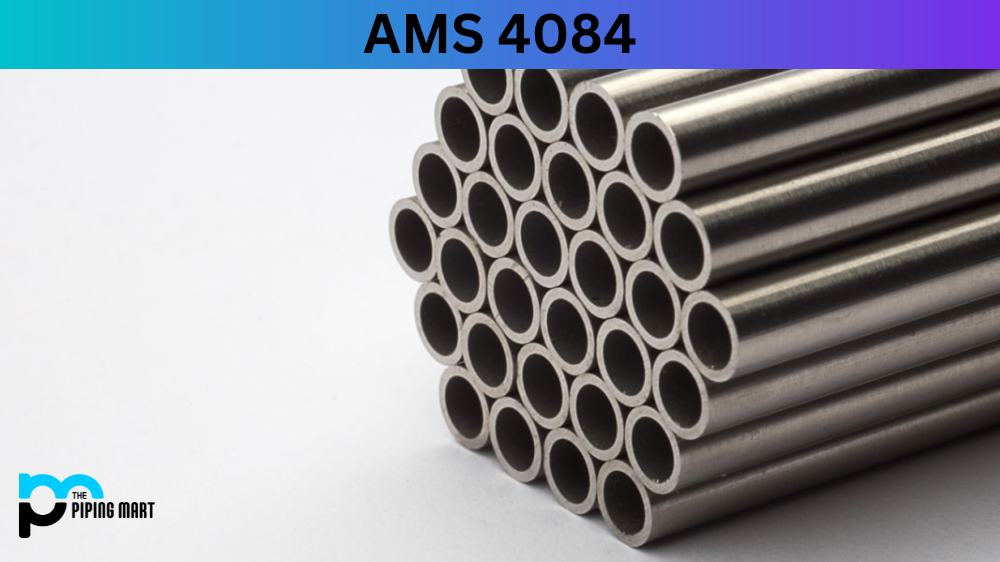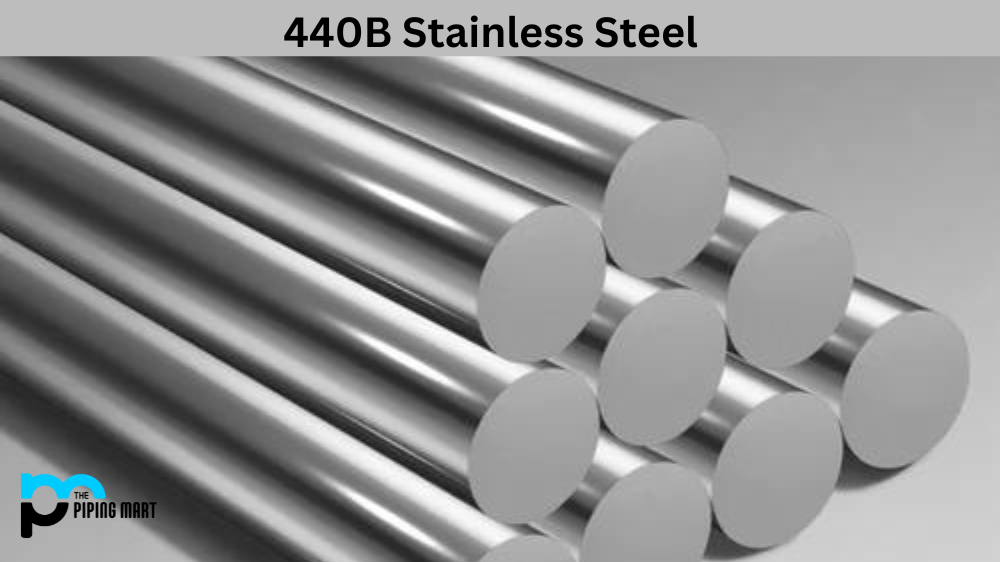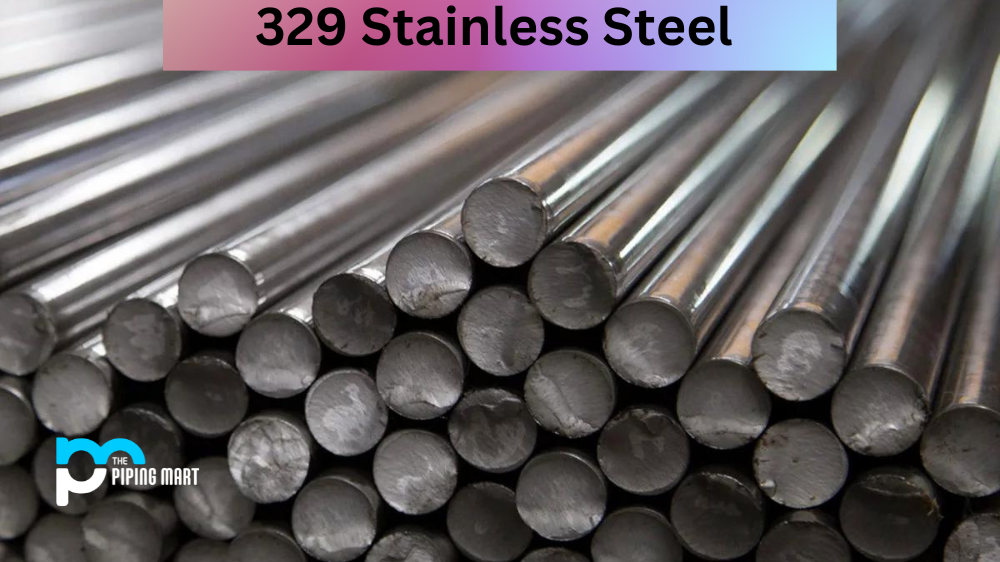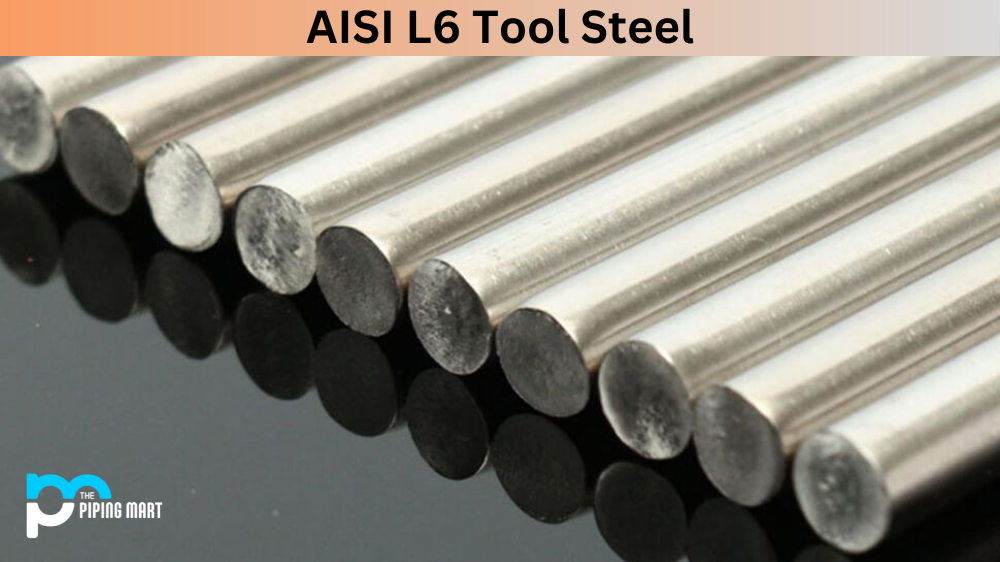When it comes to aviation materials, specifications are everything. Aviation standards outlined by ASTM International and SAE International are essential in the manufacturing and testing of aircraft and its components. AMS4084 is one of these specifications defining the requirements for aluminium alloy plate, sheet, and strip products used for structural and other high-stress applications in the aerospace industry. This blog post will discuss the composition, physical and mechanical properties, uses, hardness, and heat treatment of AMS 4084.
What is AMS 4084?
AMS 4084 (also known as Aluminium 7475) is a common buzzword in the world of engineering and manufacturing. But what exactly does it refer to? AMS4084 is a high-strength aluminium alloy sheet and plate specification. It defines the requirements for an aluminium alloy 7075-T6 sheet and plate, which is popularly used in applications where high strength and toughness are paramount. The specification covers various criteria, including chemical composition, mechanical properties, testing procedures, etc. With its stringent standards and precise guidance, AMS 4084 ensures the quality and consistency of aluminium products used in critical industries such as aerospace, defence and transportation.
AMS 4084 Composition
AAluminiumalloy AMS 4084 is mostly aluminium, with a few other elements used to enhance its performance characteristics. The alloy contains copper, magnesium, chromium, and titanium. TAddingcopper and magnesium help improve the alloy’s strength and corrosion resistance, while chromium and titanium enhance the alloy’s hardness. AMS 4084 also contains traces of iron, silicon, and manganese.
| Element | Content (%) |
|---|---|
| Aluminum, Al | 90.3 |
| Zinc, Zn | 5.7 |
| Magnesium, Mg | 2.3 |
| Silicon, Si | 1.50 |
| Chromium, Cr | 0.22 |
AMS 4084 Physical Properties
The density of AMS 4084 is approximately 1.98 grams per cubic centimetre. The alloy has a melting point of around 550°C and a t25 W/m.K athermal conductivity of t 25°C. AMS 4084 has an electrical conductivity of roughly 35% IACS and a thermal expansion coefficient of about 25μm/m.K. The alloy’s coefficient of friction is 0.18, and its specific heat capacity is 0.87 kJ/kg.K.
| Properties | Metric | Imperial |
|---|---|---|
| Density | 2.6-2.8 g/cm3 | 0.0939-0.1011 lb/in3 |
| Melting point | 546°C | 1015°F |
AMS 4084 Mechanical Properties
AMS 4084 is a high-strength aluminium alloy that exhibits excellent resistance to corrosion and stress cracking. Its mechanical properties make it ideal for use in structural and other high-stress applications for the aerospace industry. The alloy has a tensile strength of 460 MPa and a yield strength of 400 MPa. It also has a hardness of 130 HV and a modulus of elasticity of 70 GPa.
| Properties | Metric | Imperial |
|---|---|---|
| Elastic modulus | 70-80 GPa | 10152-11603 ksi |
| Poisson’s ratio | 0.33 | 0.33 |
AMS 4084 Uses
AMS 4084 is used in the aerospace industry to manufacture aircraft structural components that require high strength and corrosion resistance. These components include stringers, beams, and wing skins. The alloy is also used to construct high-performance applications like rockets, satellites, and missiles.
AMS 4084 Hardness
AMS 4084 has a hardness of 130 HV, making it one of the most complex aluminium alloys. The hardness of the alloy is primarily due to the addition of chromium and titanium in its composition, which increases its strength and wear resistance.
AMS 4084 Heat treatment
AMS 4084 can be heat-treated to improve its physical and mechanical properties. Heat treatment involves annealing, solution heat treatment, and precipitation hardening. Annealing is used to improve the alloy’s ductility, whereas solution heat treatment is used to increase its strength and hardness. Precipitation hardening is the final step in the process and is used to improve the alloy’s strength and wear resistance.
Conclusion
AMS 4084 material is a high-strength aluminium alloy that is ideal for use in the aerospace industry. Its excellent corrosion and stress cracking resistance make it suitable for structural and other high-stress applications in aviation. From its composition and physical and mechanical properties to its uses, hardness, and heat treatment, it is clear that this aluminium alloy is a significant material in the aerospace industry. Understanding its properties is essential in ensuring the safety and reliability of aviation components.

A passionate metal industry expert and blogger. With over 5 years of experience in the field, Palak brings a wealth of knowledge and insight to her writing. Whether discussing the latest trends in the metal industry or sharing tips, she is dedicated to helping others succeed in the metal industry.




